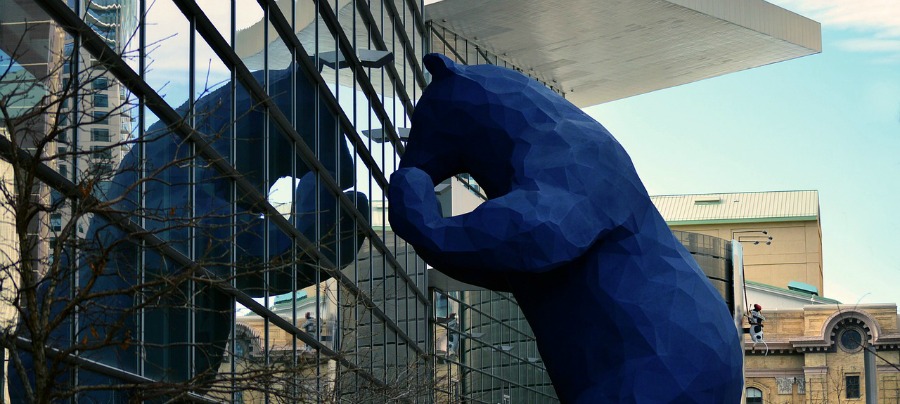
This Week’s Insights: Does a venue need to be more than a place?… When the machines become our taste-makers… A few principles for building dance audiences (from companies that know)… Our youngest demographic shares traits with an older generation… You want people who don’t attend to tell you what to program?
- Is A Performing Arts Center A Place Or An Idea? Of course it’s a venue where people come. But not all venues are the same (duh) and a venue projects an aesthetic based on how it is configured and what it decides to program. Many classically-oriented summer venues have struggled with what (and often who) they program. The Mann Center outside Philadelphia is trying to adapt, blending in pop acts while it continues to present classical arts. “Several trends are converging. Commercial music presenters have come into the Philadelphia market in a big way, giving the Mann some competition. At the same time, arts education has become a bigger priority for arts groups and funders, and the Mann, sitting in the middle of a neighborhood, is beginning to imagine becoming a bigger player in education, perhaps even morphing into an urban Tanglewood, with a resident professional orchestra atop a pyramid of training ensembles and master classes.
- Artificial Intelligence As Taste-Maker? So what is taste and fashion anyway? Arguably, it’s an ability to synthesize trends and create things that help propel and express the moment’s zeitgeist. Given computers’ ability to digest and analyze vast amounts of data, and increasingly learn from it and adapt, why shouldn’t AI algorithms get better at spotting fashion trends than humans can? Fashion design companies are working on it. “Researchers at the e-commerce juggernaut are currently working on several machine-learning systems that could help provide an edge when it comes to spotting, reacting to, and perhaps even shaping the latest fashion trends.”
- How to Build Audiences For Dance In 2017: At a time when it seems like some classical arts companies are trying simply to manage declines in audiences, a couple of dance companies are impressively bucking the trends. Boston Ballet and Colorado Ballet both are growing audiences for their work. And there are a few simple lessons to be learned.
- How To Talk to Post-Millennial Gen Z Audiences: Turns out this may be simpler than talking to the millennials. A new study finds that Gen Z’s – who have had screens and the internet their entire lives – share many traits similar to adult student learners. “Students born between 1996 and 2012 are like adult nontraditional students. Gen Z students want to go to college, graduate quickly, and land a good job—sound familiar? Both groups are highly motivated by career outcomes, and both carefully weigh student debt against future salaries.
- Really? Theatre Wants To Let People Who Don’t Go To Theatre Guide Its Programming: It’s an experiment, and it’s not crazy. York Theatre Royal in the UK is recruiting people who might not have any relationship with the theatre. The theatre wants to work with the group for a year, teaching them about the theatre and what it does, and then asking them for input to “challenge and inform programming decisions at the theatre.” Possible upside? Theatre Royal will learn more about its community and what it thinks about theatre. Downside? Is the theatre a leader or a follower? Inspired art inspires audiences; art by committee is seldom inspiring.
Leave a Reply